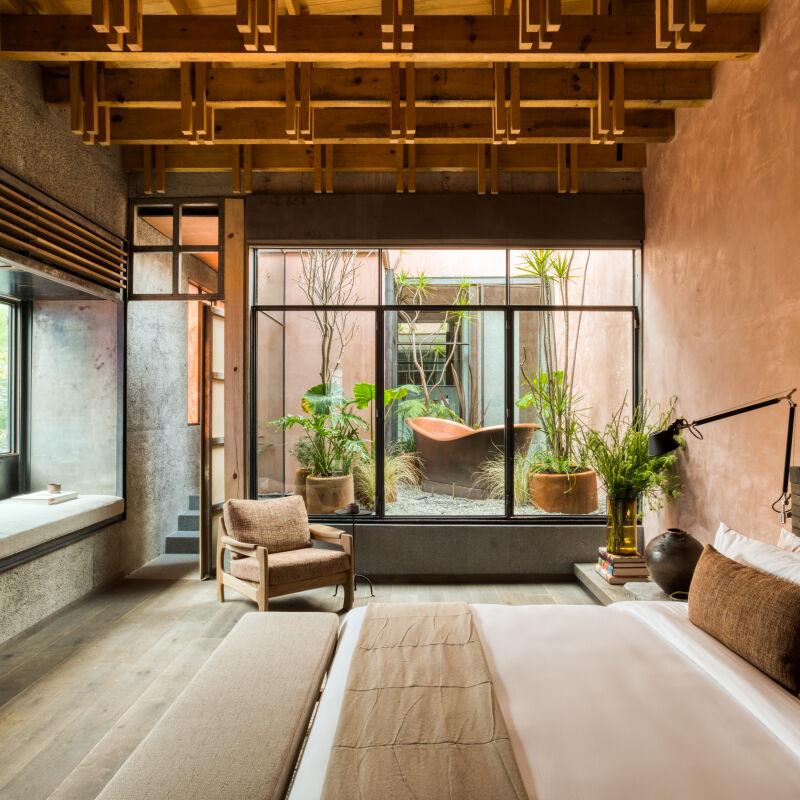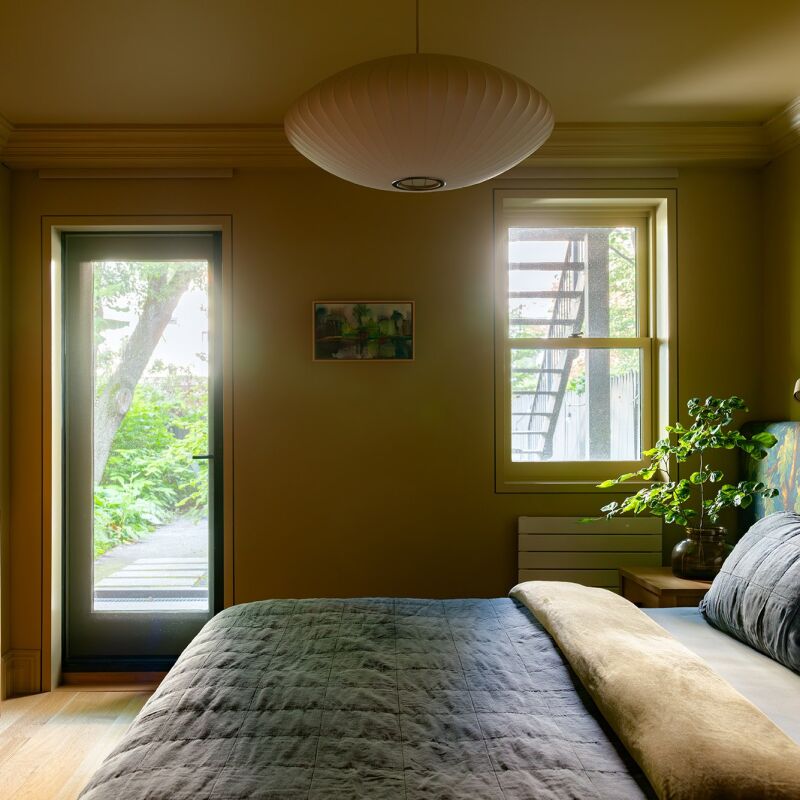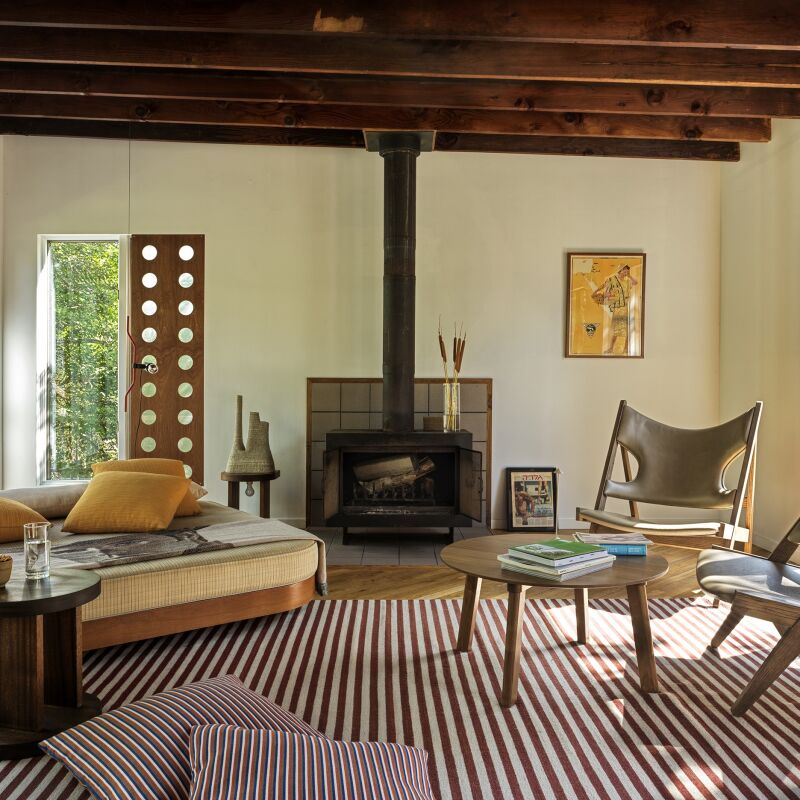“In retrospect, I’d like our house to be like the Weasley’s” explains the British antique dealer, interior designer, and furniture maker Max Rollitt. “Do you know who I mean?” It takes a while for the penny to drop, but I soon realize that Max is talking about the make-believe home of Arthur and Molly Weasley—the parents of Ron Weasley, Harry Potter’s best friend. “It’s a real home, isn’t it?” he continues. “It’s there to welcome people in, to make them feel comfortable. That’s what home is about.”


Max moved into his current home—a small farm in Hampshire with a cottage, an old diary, two large barns, and 10 acres of land—in 2009. Six years ago, the barns were converted into his offices and showroom. When we speak, he is in the midst of redesigning two of the larger rooms in preparation for November, when he will launch a series of events including tours, talks, and an exclusive supper club that aim to showcase his most tantalizing finds. “It’s great to show off,” he admits. “And I don’t mean that in a braggy way. But these things need to be seen as a whole sometimes. It’s not a museum, and neither is it just for people who want to buy. The showroom is there for anyone who wants to come and look at the things that I’ve found.”


Max is an influential dealer-decorator whose style is instantly recognizable. It is an aesthetic honed throughout his childhood (his mother owned a fabric shop) and during his eight-year apprenticeship with the high-end furniture restorer Frearson & Hewlett. “Dealers came in all the time,” Max recalls. “Although I was largely working alone, I got to see what was going on, what a piece was worth, and who was buying what.”

The years spent hands-on in the workshop taught Max about finish and patination–“the way things evolve and develop over time.” They also gave him a deeper understanding of color. “Although it’s all brown,” he says, “there’s every color within brown.” At the age of 28, he was ready to leave the workshop. “I felt I had my own route by then,” he explains. He purchased a shop opposite his mother, who was thinking about retirement. He then invested in a trade stand at London’s Olympia and soon found himself selling to “all the big boys” including Sibyl Colefax and John Fowler, Axel Vervoordt, Michael Smith, and Veere Grenney.

“I started to think, actually, I’m doing all right. I understood what interior designers wanted to buy and I got a good following,” he explains. Soon after, he was approached with a brief for a full house renovation—a large vicarage in Hampshire. His first clients gave him complete free rein. “That’s the great thing about having a definite line of taste,” he says. “People tend to trust you to do your thing.”



In Max’s own home, what it lacks in scale it makes up for in atmosphere. “It’s a small farm house and atypical of the houses I work on,” Max explains. “There’s not a lot of room for very grand furniture. That said—although it’s not purposefully a visual feast—it is somehow enriching.”


The house is furnished with meaningful pieces: “stuff that I collect and I love, including furniture from his parents, and from his wife, Jane’s, family home. And since three of his four sons are now artists there is a proliferation of artwork on the walls. “That is the great thing about collecting,” he reflects. “It’s that discovery, really: it’s about finding the object, remembering who you bought it from, how it went. It’s about the joy of discovery.”
See another layered English interior:
The Feminine Mystique: Model Lizzie Bowden’s Notting Hill Apartment




Have a Question or Comment About This Post?
Join the conversation (3)